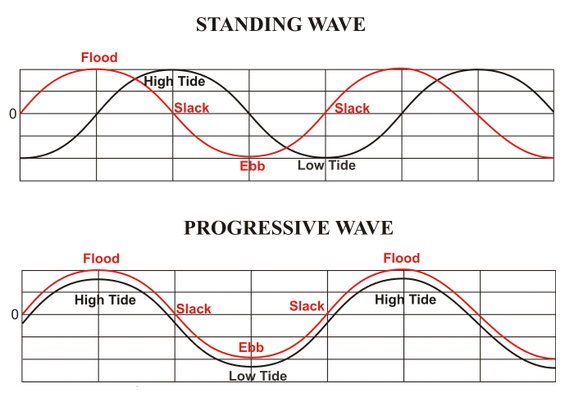Learning how to effectively fish the tides and resulting currents has been a challenge for me over the past year. I am getting better at it, but I still have a long way to go. I realize that, at the end of the day, I need to be able to fish whatever conditions are occurring when I find a window to fish in. Knowing what all the variables are ahead of time, however, can make the time on the water as effective as possible.
I was poking around the web looking for some current prediction charts and I stumbled across this excellent presentation, by Cap't Sean Crawford, breaking down the hows and whys of tides and currents and how they effect our fishing in the region. I found it very interesting, and you might as well.
http://www.terrapinbayfishing.com/up...on_Fishing.pdf
NOAA also has current prediction charts that include more near time data. They can be found at:
https://tidesandcurrents.noaa.gov/po...&mode=allwater
I was poking around the web looking for some current prediction charts and I stumbled across this excellent presentation, by Cap't Sean Crawford, breaking down the hows and whys of tides and currents and how they effect our fishing in the region. I found it very interesting, and you might as well.
http://www.terrapinbayfishing.com/up...on_Fishing.pdf
NOAA also has current prediction charts that include more near time data. They can be found at:
https://tidesandcurrents.noaa.gov/po...&mode=allwater

Comment